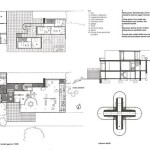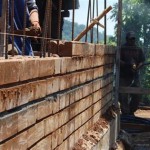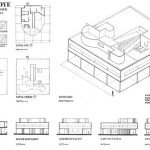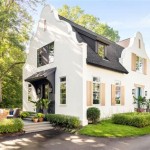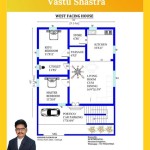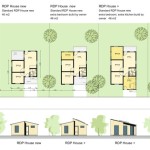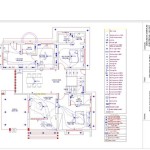Essential Aspects of Ghanaian House Plan
Ghanaian house plans are influenced by both traditional and modern architectural styles. The country's rich cultural heritage is reflected in the intricate designs and ornamentation found in many homes, while modern influences have led to the adoption of contemporary materials and construction techniques. Whether you're looking to build a traditional Ghanaian home or a modern masterpiece, there are certain essential aspects to consider.
1. Building Materials:
The choice of building materials depends on several factors, including the climate, budget, and architectural style. Traditional Ghanaian homes often use local materials such as mud, thatch, and timber. Modern homes may incorporate concrete blocks, steel, and glass. The use of sustainable materials is also becoming increasingly popular.
2. Layout and Space Planning:
Ghanaian houses typically feature a central courtyard or terrace that serves as a communal space. The rooms are arranged around this central space, with the living room, bedrooms, and kitchen being the most common areas. The layout also considers the flow of natural light and ventilation.
3. Architectural Details:
Ghanaian homes are often adorned with intricate architectural details, such as carved wooden doors, brass fittings, and decorative moldings. Traditional motifs and symbols are often incorporated into the design, adding a touch of cultural authenticity.
4. Outdoor Spaces:
Outdoor spaces play a significant role in Ghanaian architecture. Verandas and courtyards provide shaded areas for relaxation and entertainment. Gardens and lawns are also common, offering a connection to nature.
5. Sustainability:
Sustainability is becoming an increasingly important aspect of Ghanaian house plans. The use of passive design strategies, such as natural ventilation and daylighting, can reduce energy consumption. The incorporation of renewable energy sources, such as solar panels, can further contribute to a greener home.
6. Security:
Security is a major consideration in Ghanaian house plans. High walls, security gates, and burglar bars are common features. The layout of the house may also be designed to maximize privacy and minimize potential security risks.
7. Cultural Identity:
Ghanaian house plans often reflect the cultural identity of the owners. Traditional elements, such as intricate carvings and colorful paint schemes, are used to express a sense of pride and heritage.
Conclusion:
Ghanaian house plans are a blend of tradition and modernity. By considering essential aspects such as building materials, layout, architectural details, outdoor spaces, sustainability, security, and cultural identity, you can create a home that meets your specific needs and reflects the vibrant spirit of Ghana.

Ghana Dypsis House Floor Plans

House Plans Ghana 3 4 5 6 Bedroom In Three Plan

V 345 Ghana Luxury Two Y Tiny Home Plan With Flat Terrace Roof 4 Bed Bath Ibest Ing Modern Simple House Design Deck Israel

Ghana Latania Luxury House Floor Plans

Architectural Designs House Plans Ghana Simple Home Design

Ghana Coastal House Plans For All N Countries

5 Beds 6 Baths Sharon House Plan 3 997 Ghana Plans

Ghana House Plans Designs By Maramani

House Plans Archives Ghana Homes For

4 Bedroom Archives N House Plans

